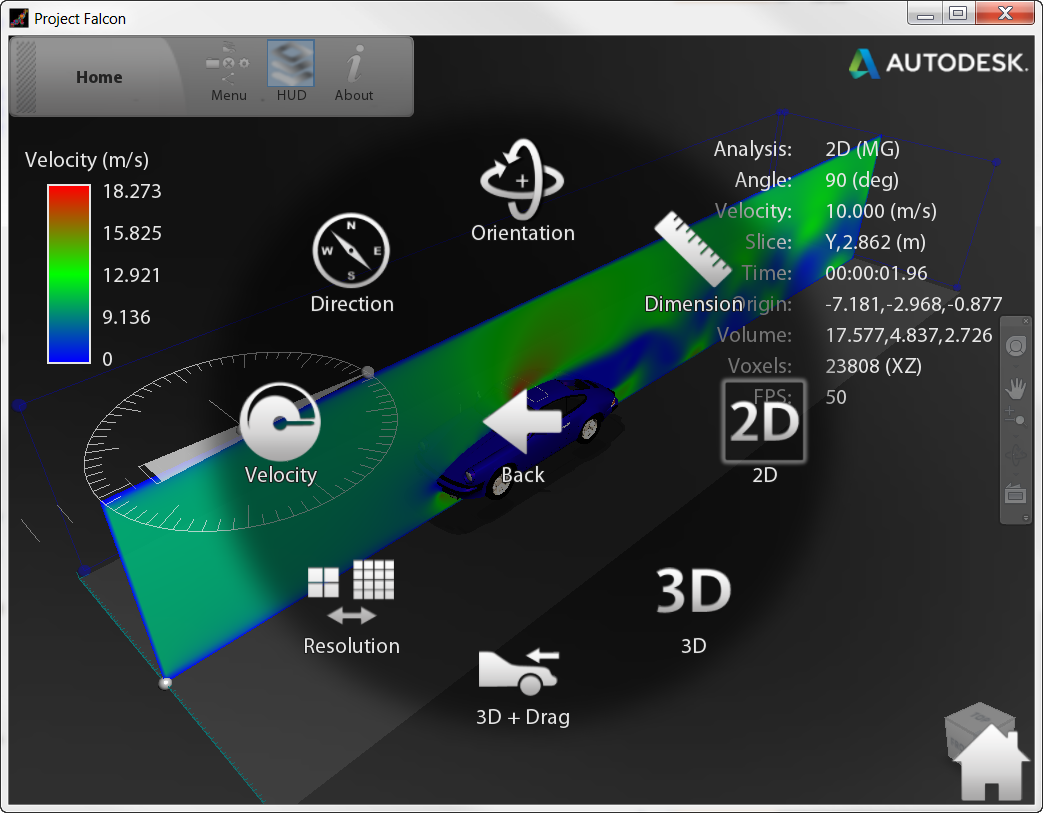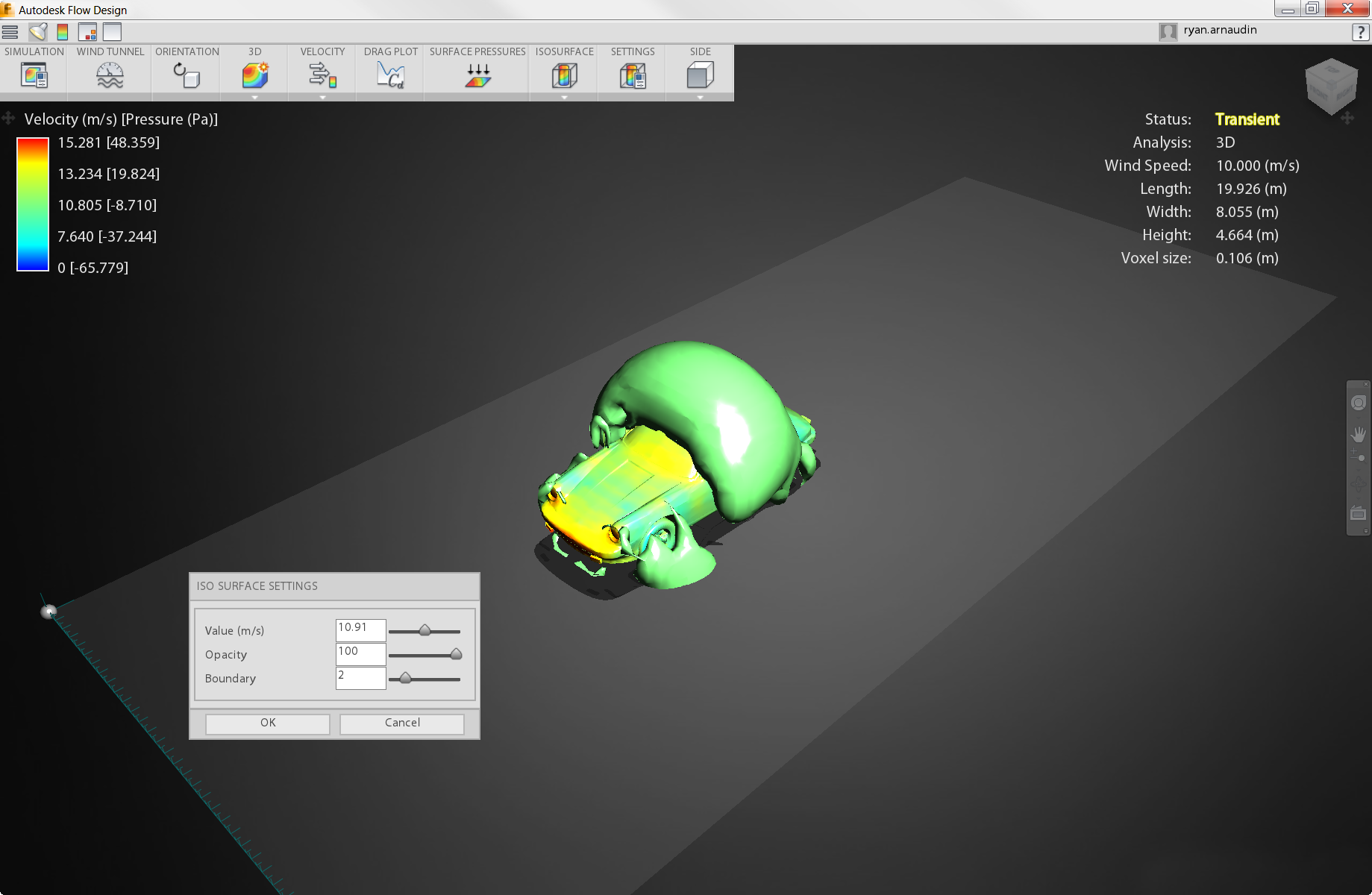Flow Design is a virtual wind tunnel that makes airflow simulation accessible beyond engineers, to architects, product designers, and students.
The goal of this project was to embrace the mental model of a wind tunnel familiar to anyone. Prior to Flow Design, flow simulation required users to approach the software with an understanding of the system model of computation fluid dynamics and finite element analysis. We aimed to disrupt the “old school” by putting the user first.
Flow Design is intended to feel light weight and playful to encourage hands-on design exploration.
Flow Design Standalone
Even more compelling, Flow Design embeds simulation workflows directly in the native design environment, making the evaluation of design changes quick and seamless.
Flow Design Inventor Flow simulation directly embedded in the design environment
Flow Design Revit Embedded flow simulation for architectural design
Role
Responsibilities included:
- Design strategy
- User research
- Heuristic evaluation
- User stories
- Wireframes and mockups
- Refining HTML/CSS layout
- Visual design (icons, UI components)
Before Flow Design was released as a full commercial product, it existed as an experimental tech preview to find product-market fit called Project Falcon.
I provided high-level design guidance, basic research, and usability evaluation for Project Falcon which was intended to be a flexible bare bones experiment to gage demand. For example, the radial menu pictured here wasn’t perfect on any one platform, but was part of a multi-build approach that allowed us to simultaneous release and test for both mobile & desktop, touch & mouse.
This experiment showed that the serious users were on Windows desktop, so I then served as design lead to prepare Falcon for commercial release as Flow Design. The first step was to redesign the UI and tailor usability for a desktop experience.
In addition to designing for the platform, the redesign provided an opportunity to eliminate unused features, emphasize popular features, and optimize the workflow based on what we had learned from early adopters.
Redesign Concepts
A design approach with desktop touch in mind:

A more traditional Windows app with toolbars and dialogs:

Flow Design Demo
Impact
The product has seen commercial success, and Roopinder Tara, Director of Content at ENGINEERING.com called Flow Design the “easiest-to-use CFD program ever.”
The thing I love about designing products to empower people is that they will inherently be used in unpredictable ways. For example…
Superbowl XLVIII
Flow Design and Autodesk Simulation provided the technology behind the wind simulation for Superbowl XLVIII.



National Youth Science Day
As a testament to the ease of use, elementary school students around the country were introduced to Flow Design on National Youth Science Day, as part of a rocket building activity. I volunteered at one of these events in California, and was unbelievably excited to find that the learners required no explanation to simulate their rockets!





